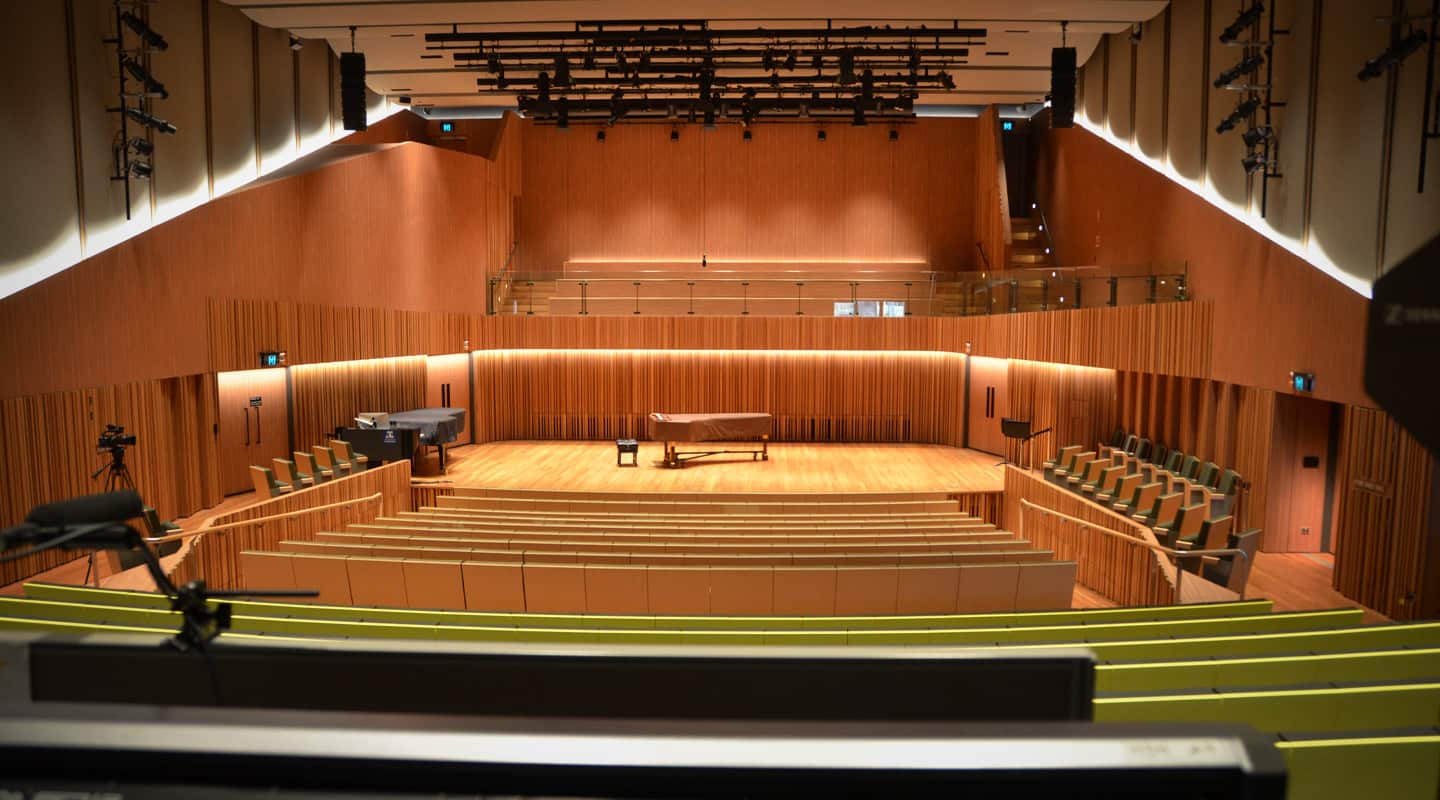
Melbourne Conservatorium Star Performance
The Melbourne Convervatorium of Music finally fixes a fibreoptic niggle — Optocore AutoRouter to the rescue.
Conor Dunne inherited a problem. But first of all, he inherited a great situation. Late 2022, he came on board as the Technical Resources Coordinator (Audio, Programs & Operations) for Melbourne University’s Conservatorium of Music and Victorian College of the Arts. It’s a far cry from the high-octane hustle of the PA rental company work he was accustomed to. Or at least the location is: an architectural masterpiece completed in 2018 replete with beautifully-designed performance spaces and a generously proportioned recording studio, brimming with top-notch audio equipment, including Digico consoles.
Anyway, back to the problem.
The original audio design was based on a great idea. Using a fibreoptic loop, any performance in any of the venues could be piped into the recording studio for capture. The fibre infrastructure also supports video transport — principally an Extron complete AV integration system — and the idea was the audio could share the pipe.
Unfortunately, the loop topology wasn’t suitable. It needed all the equipment in all the venues to be powered up or else the loop would be broken. The workaround was painful: manually patch the dormant mixing console out of the loop. Even then, the workaround introduced pops and glitches into the loudspeakers, as a result of dropped ones and zeros. It was a serious enough issue for those previously in Conor’s chair to get the side eye. Something had to be done.
FROM LOOP TO STAR
Conor’s research led him to consult with old colleagues including those he knew worked with optical signal transport and Digico consoles, principally in the broadcast and stadium audio design and delivery sectors.
The answer he kept getting was: the Optocore AutoRouter.
“It effectively turns the optical loop topology into a star topology,” explains Conor Dunne. “You could liken it to an IT network switch for fibre. There are 40 slots on the back to plug in up to 20 redundant devices, such as Opticore MADI units, Digico consoles, Orange boxes or stage racks. It automatically opens up an optical loop when it sees activity and closes a loop when a mixing console is shut down, for example. In other words, it’s exactly what we need.”
The Optocore AutoRouter will take pride of place in the patch room. Where previously a loop would need to be manually created, the AutoRouter will sense activity and automatically create a loop. A stage rack or a mixing console might be powered up, for example. It sees the activity and opens the ports. Two venues could be online and two offline, and the AutoRouter will allow communication between the devices online, and even reconfigure when another venue goes online mid performance, without any interruption in audio delivery.
“We can easily have two performances in two different venues routed back to the studio for recording,” enthuses Conor Dunne. “The flexibility is amazing, and allows the Conservatorium to be operated something like it was originally intended.”
Five year late, but very welcome.
CMI (Optocore): cmi.com.au
ABOUT THE CONSERVATORIUM
The Melbourne Conservatorium of Music was opened in 2018. The building houses three key performance venues: a multi-use auditorium, an acoustically treated concert hall and a multi-use large studio space that can accommodate quadraphonic performances. A multitrack recording studio is located behind the concert hall, and an electronic music studio with a 5.1-channel control room housed on Level 4.
OM3 multimode fibre is run throughout the building with multiple LC patchpoints available in each of the performance venues and studios. The venues and studios are fitted with Digico SD12 and SD11 consoles, SD Racks and Orange Boxes, all fitted with Optocore on LC/Neutrik Opticalcon connectors. All fibre runs terminate at an optical patchbay. A Digico SD11 sits at the heart of the audio network and handles all of the routing and matrixing of audio signals from the venue consoles and the teaching lecterns. The SD11 outputs to the Orange Boxes which are fitted with a DAC card to feed analogue audio to the respective system processors, as well as hearing loop systems. The idea of having all consoles and racks on a single loop was to allow the recording studio to be able to record multitrack audio from any of the three venues in the building. The potential to route audio between venues was also highly beneficial.
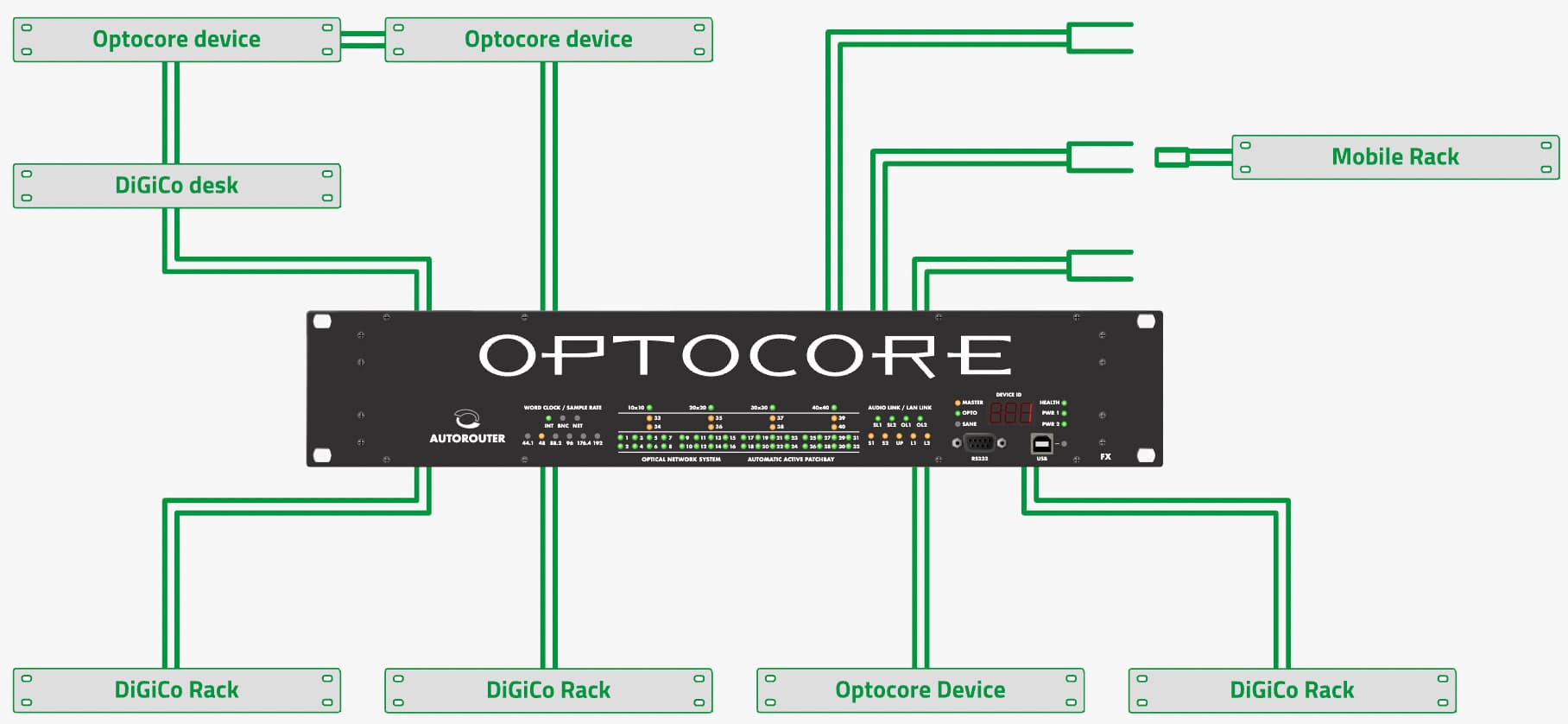
OPTOCORE AUTOROUTER FEATURES
Creates an intelligent star out of Optocore ring topology
- Supports any Optocore system – standalone Optocore, Digico opto links or ProGrid by Clear-Com
- Also supports AVB of S6L AVID and Yamaha TWINLANe
- Closes the Optocore loop automatically when active device is switched on/off, added or disconnected
- Plug ’n’ play
- Up to 20 x dual Link duplex Ports for Optocore protocol connection
- No fan
- Dual power supply with automatic switchover
- 2RU Chassis

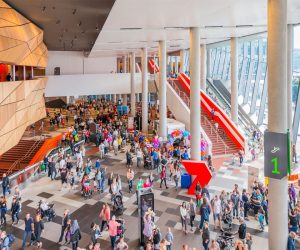
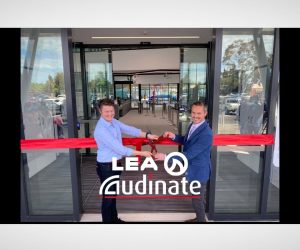
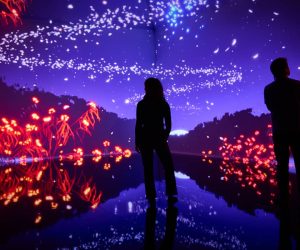
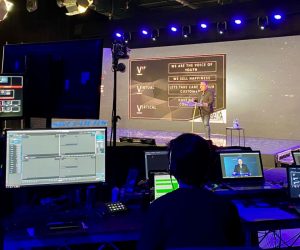
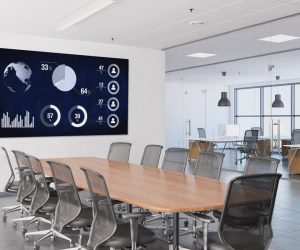
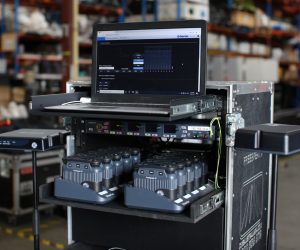
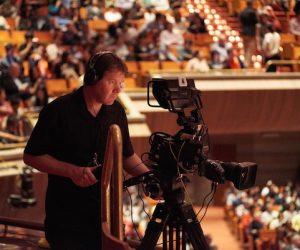
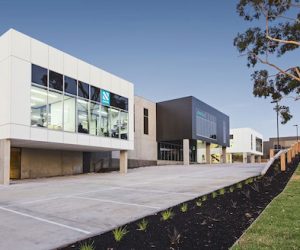
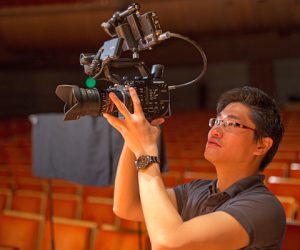
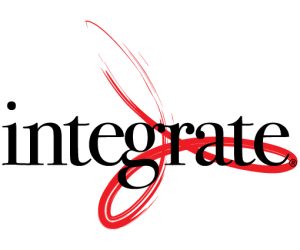
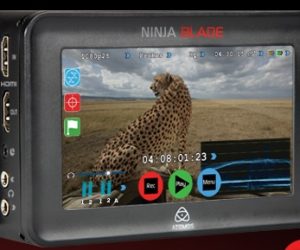



RESPONSES